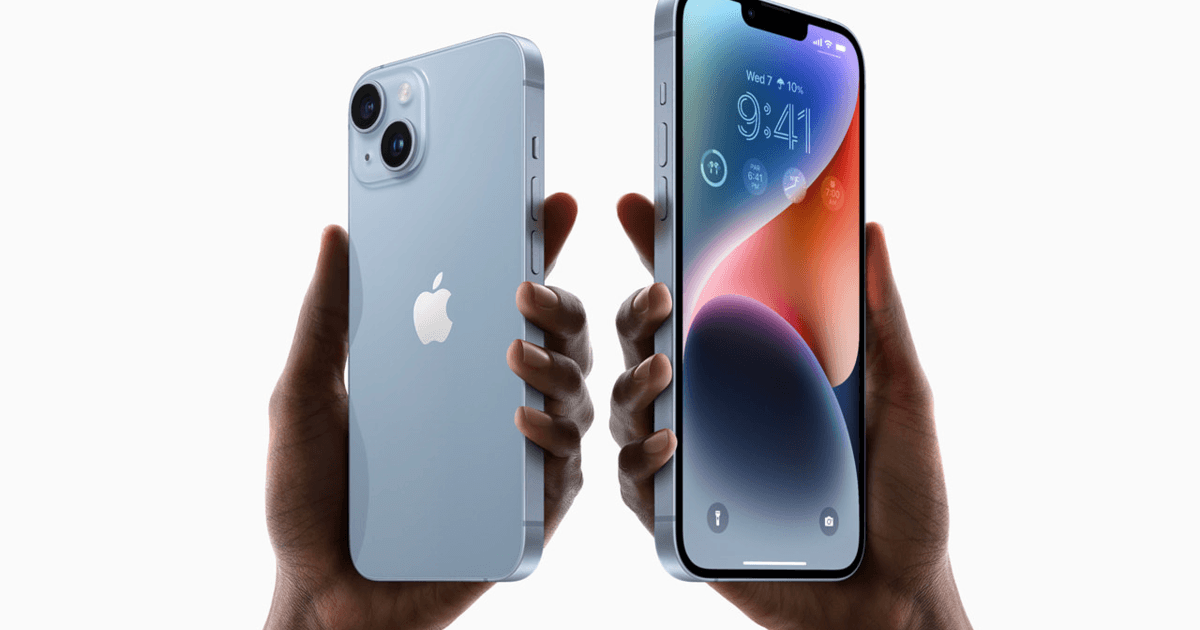Apr 1, 2024
How to configure deep linking with Universal Links on iOS
How to configure deep linking with Universal Links on iOS
A game-changing tool that connects the web to your app with ease is a universal link. And not just the App Store page, but a particular screen within the application that improves user experience and streamlines your marketing funnel.
We'll explore what universal links are, how they function, and why any app developer who wants to offer a smooth transition between web browsing and app content engagement needs to have them in this guide. Learn how universal links can significantly enhance the current customer flow and have a positive impact on the income and profit of your app by reading on.
What are universal links?
URL-based connections known as "universal links" allow web content to be directly and seamlessly connected to particular app locations. If the app is installed on the user's device, universal links avoid the need for users to navigate through a web page before accessing the desired content within an app. Instead, they open the app directly to the desired content. This technology makes use of common web URLs that are intelligent enough to determine whether to open a web page or the relevant app content when tapped.
Since their launch in 2015, universal links have greatly enhanced the user experience by facilitating a more seamless and integrated transition between websites and applications. For instance, if the app is installed, a user opens a link in a promotional email and is taken straight to the product page within the e-commerce app instead of a mobile web page. More interaction with the app's content is encouraged by the time savings and improved, engaging user experience. With universal links, such experiences become more intuitive, efficient, and user-friendly.
How do iOS universal links function?
On the iOS platform, universal links require a cooperative setup between an application and a website in order to facilitate deep linking to content directly within the app. We will go over the main points below, but for a more thorough breakdown and code samples, you can always visit the Apple Developer website.
The Apple App Site Association (AASA) file, which is essentially a JSON file hosted on the website's server, is essential to this setup. By indicating which URLs (or sections of the website) should open in the app rather than a browser, this file declares the website's association with the app.
This is a condensed description of how it functions:
The app must be set up by you, the developer, to support universal links. This entails defining the domains in the app's entitlements file and turning on related domains within the application.
An AASA file located at a specific path (/.well-known/apple-app-site-association) must be present on the website displaying the content. This file can be easily retrieved by iOS because it doesn't require a signature or any particular headers.
When a user clicks on a universal link, iOS verifies that the associated application is installed. In that case, iOS opens the application and points the user to the content that is linked within the app. iOS falls back to displaying the web page via the link in the user's default web browser if the app is not installed.
This mechanism improves the overall navigation flow between web and app content on iOS devices, ensuring a seamless user experience by intelligently deciding whether to open the app or a web page. The contents of the JSON file and a more thorough explanation can be found on the Apple Developer website.
The difference between deep links and universal links
Both universal links and deep links are technologies intended to point users to particular content within mobile applications. However, there are still a lot of implementation and user experience differences.
Conventional deep links open apps directly to specific content by using unique URL schemes (e.g., myapp://section/content). Each app has its own scheme, and in order for the link to function, the app needs to be installed on the device. The link might not work at all if the app isn't installed, which would make for a bad user experience as there wouldn't be an automatic fallback to a web page. Additionally, this system does not have a standard verification procedure, which could present security risks if not used properly.
Universal links, on the other hand, employ the same kinds of URLs—HTTP or HTTPS—that are used for web pages. This method provides a more integrated and safe way to link to content within apps. The Apple App Site Association (AASA) file serves as a verification mechanism for universal links, guaranteeing that only validated domains are able to access particular app content. This feature offers a fallback mechanism, which increases security and improves user experience. The link merely opens in a web browser and directs the user to the relevant web page if the app is not installed. Universal links can also be shared and used outside of the app, such as in emails, social media, and other digital platforms, because they employ standard web URLs.
The following are universal links' primary benefits over deep links:
Smooth Integration: universal links enhance the user experience by facilitating a more smooth transition between web and app content.
Enhanced Security: A layer of security not found in conventional deep linking is added by the verification procedure for connecting apps and websites via the AASA file.
Fallback Mechanism: universal links guarantee that users will always receive useful content by automatically rerouting them to a web page in the event that the app is not installed.
Shareability: Universal links are easily shared and accessible on various platforms and devices due to their use of standard web URLs.
Although deep links and universal links both seek to enhance navigation to particular app content, universal links take advantage of the familiarity and ubiquity of standard web URLs to provide a more user-friendly, secure, and integrated solution.



